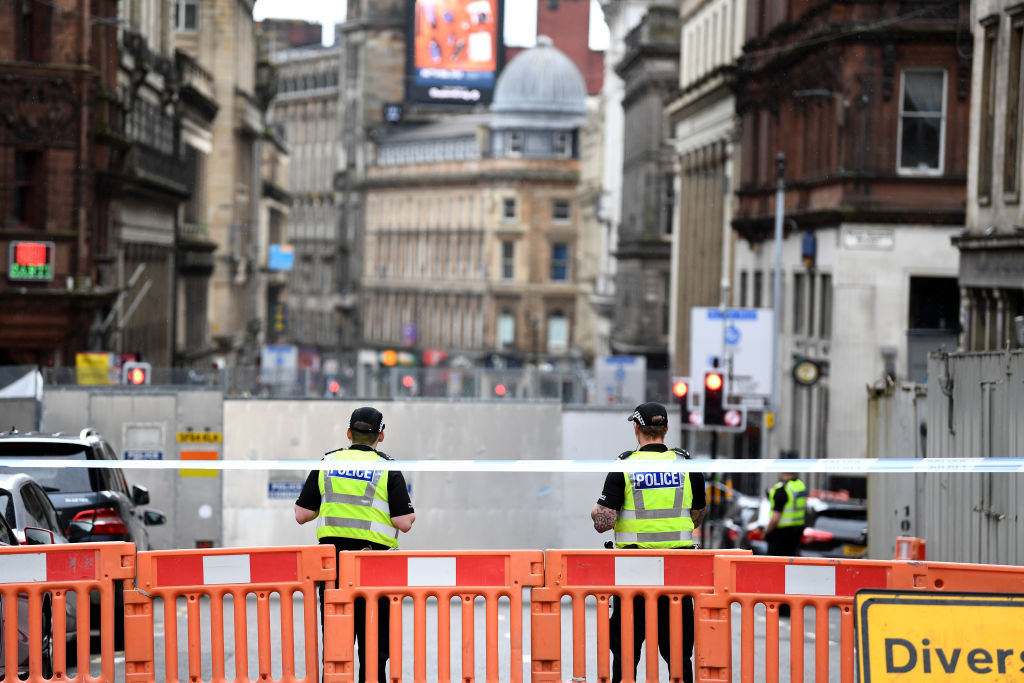In general, my experience as a British Sikh has been overwhelmingly positive in my life. Most people who know anything about Sikhism, or the Sikh contribution to the world wars, tend to be enthusiastic Sikhophiles – some have even greeted me with an impromptu Sikh greeting, ‘Sat Sri Akal’. But over the years, especially during my time at university, I faced prejudice from both Islamic extremists and those who might be best described as the ‘Far Right’. It’s been an illuminating experience. Both hated me, albeit for different reasons. One supremacy is religiously motivated against the ‘kaffir’, the other by race. This hate was often accompanied with the slur ‘Paki’ followed by, ‘go back to your own country’.
Ever since 9/11, Sikhs have understood the consequences of being confused with Islamic extremists – be it Al Qaeda, the Taliban, or Isis. In the US, this has led to Sikhs being murdered. In Britain, the Sikh dentist Dr Sarandev Singh Bhambra was almost beheaded in ‘revenge’ for the murder of Lee Rigby by a Neo-Nazi. Sikh women have been referred to as ‘Isis slags’.
Needless to say, this toxic underbelly of our society, especially when ideology becomes a catalyst for violent extremism, is something successive British governments have attempted to tackle through counter extremism and deradicalisation efforts. But as former Prime Minister David Cameron outlined in his speech on extremism almost six years ago, ‘you don’t have to support violence to subscribe to certain intolerant ideas which create a climate in which extremists can flourish.’
A new report by the Commission for Countering Extremism (CCE), ‘Operating with Impunity Hateful extremism: The need for a legal framework’ says the nature and scale of extremist activities in Britain which are lawful is both ‘shocking and ‘dangerous’. The CCE was set up by Theresa May following the Manchester Arena bombings, when Salman Abedi detonated an improvised explosive device in the foyer of the Manchester Arena killing 22 people, including children.
The report focuses on Islamic extremists, the Far Right, and the lesser-known ‘Incels’ (involuntary celibates). There’s only a couple of mentions of the ‘hard left’, despite the rise of Antifa. The authors argue there’s currently a gap in existing legislation to tackle what they define as ‘hateful extremism’, and this permits extremists to ‘operate lawfully, freely, and with impunity’. Surprisingly, the report highlights that it’s currently perfectly legal to glorify a terrorist as long as you don’t encourage members of the public to emulate the terrorist’s behaviour. The report highlights ‘harmful materials online’ influencing younger more impressionable minds – and points to every parent’s nightmare, with children as young as 12 ‘being sought out by extremist groups’.
The report makes some recommendations, legal and otherwise, including expanding the existing stirring up hatred offences in the Public Order Act 1986. As things stand, intent to stir hatred (or when ‘hatred is likely to be stirred’) must be, ‘threatening, abusive or insulting’ to meet the threshold for racial hatred. The threshold is ‘threatening’ where there’s intent to stir up religious hatred. The CCE suggests the net could be widened, as harmful GIFs and memes, which are disseminated widely, may not be caught under existing law. It refers to ‘Islamophobic cartoons’ but says this would ‘not include content such as the Charlie Hebdo cartoons’. This presents a problem – who gets to decide what is or isn’t inflammatory? And could there be a danger that merely offensive images are made illegal?
Despite CCE’s assurances to protect free speech, it’s not clear what real-world implications there might be for our Article 10 human rights if such proposals see the light of day. I find the business of curbing ‘hate’ via statute a difficult concept to grapple with, especially when you consider how absurd and oppressive it would be to legislate to tackle emotions or vices such as lust, greed, jealousy, or anger.
In 2017 alone the UK faced five serious terror attacks (including Darren Osborne’s targeting of innocent Muslims) with a total of 36 people murdered. Twenty-two terror attacks on UK soil were foiled between March 2017 and September 2019. These statistics demonstrate how vitally important CCE’s work is in the fight against extremism. Although it’s not the focus of CCE’s latest report, part of that struggle must surely include counter-narratives, to disrupt and displace the extremists’ grievance-filled narrative – be it on or offline. Following the London Bridge terror attack in June 2017, the then-PM Theresa May emphasised this very point. She said, ‘It will only be defeated when we turn people’s minds away from this violence and make them understand that our values – pluralistic, British values – are superior to anything offered by the preachers and supporters of hate.’
The winning of hearts and minds in our struggle against extremism is perhaps more important now than ever before. It remains to be seen which of the CCE’s recommendations the government adopts – it should however stay clear of anything that could make being offensive into an offence.






Comments